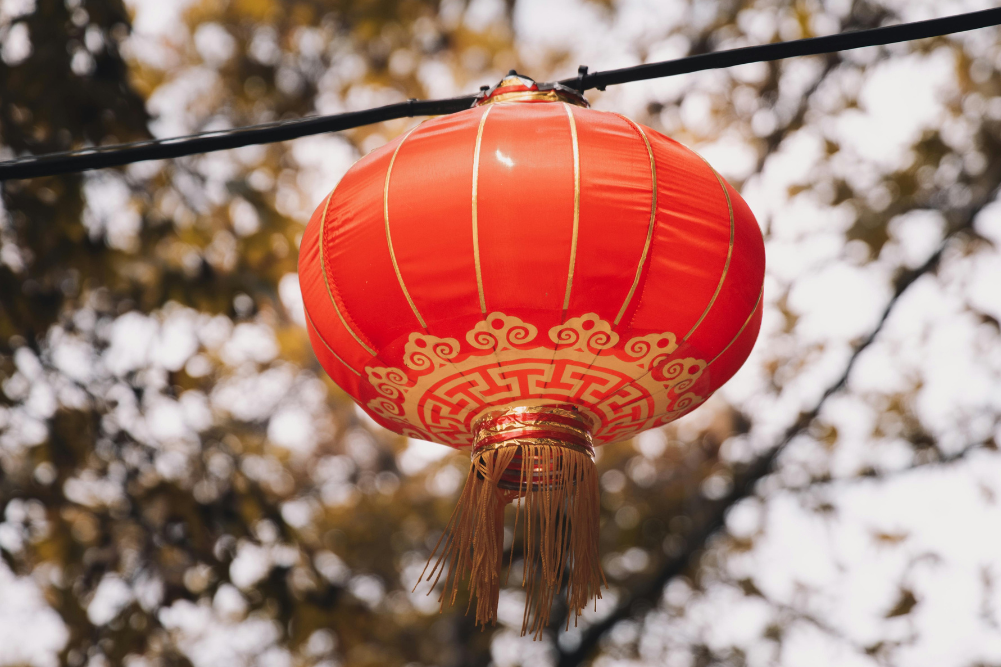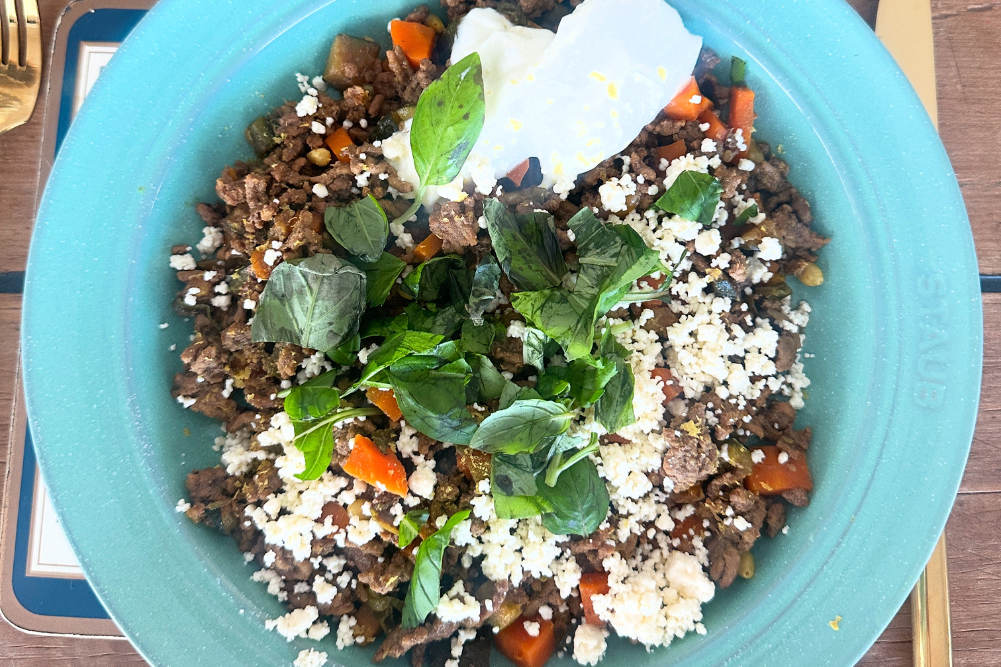Going Lo-TEK
The modern world is characterised by a focus on technology, one that might be characterised as an addiction, and the trend is towards an ever-greater technological reliance. Environmentally speaking, the associated impacts are proving to be substantial. Engineering structures are usually built outside the human scale, and one-size-fits-all applications of technology are often homogenous rather than being tailored to the local environment via an intimate knowledge of how it functions.
In recent years, alternative visions have sprung up. One is Low-Tech Magazine, an online and hard copy resource put together by Kris De Decker, a blogger based in Barcelona. The idea behind the publication is not rejecting technology, but judiciously eschewing the newest and shiniest option in favour of older and often simpler alternatives with a lesser impact. In the Low-Tech Magazine world, “dumb” phones are in, and the internet would have a speed limit in order to curb its voracious demand for data centre energy.
Parallel with this, another paradigm is being explored, one that looks at how technologies developed by indigenous populations may be relevant to the modern world. Often going back centuries, and still in use today, these approaches have demonstrated substantial resilience and longevity, something that cannot be confidently claimed for the high-tech world.
Julia Watson, a teacher of urban design at Harvard University Graduate School of Design and Columbia Graduate School of Architecture, Planning and Preservation, has gathered together 120 examples in her book Lo-TEK: Design by Radical Indigenism, which was published by the German publisher Taschen in 2020. Despite the similarity in the language, Lo-TEK is not the same as “low-tech”; instead the “TEK” part stands for Traditional Ecological Knowledge, a term that has been in circulation for at least a decade. The book crosses between a range of different habitats that are occupied by humans, including mountains, forests, deserts and wetlands.
After spending six years developing the concept, Watson has assembled a toolkit of home-grown solutions that she believes could change the way that cities are designed. These represent a healthy counterbalance to high-tech urban concepts that are unmoored from the ecological reality in which they are embedded. She emphasises symbiosis with the natural world, and “harnessing the intelligence of complex ecosystems”. Common features across these indigenous technologies are the use of locally available materials and a low embodied energy.
Agroforestry polycultures
Monocultures are a feature of the industrialised modern world that aids mechanised farming. However they are also out of balance with nature, and are prone to pest attacks that are usually kept in check with toxic pesticides. An alternative is the
use of traditional polycultures that feature a range of species.
In the southeast of the Brazilian Amazon live the Kayapo tribe, who occupy and protect a huge territory roughly the size of South Korea or Iceland. They operate a sophisticated agroforestry system involving both rainforest and savannah ecosystems and exploit the biodiverse transition zones between the two for maximum effect. These zones are where villages tend to be located and are referred to in Western ecology as ecotones.
The Kayapo use about 250 different food plants, and about 650 that have medicinal properties. In savannah environments, forest islands known as apêtê are created, starting from small mounds of vegetation growing on ant nests. As apêtê become older, the larger trees in the centre are cut down to allow in light. A fully developed apêtê has a range of microclimates that vary in shade, light and humidity. The tribe has a detailed understanding of niches and companion planting, helping it to achieve the best results. Fire is also used strategically as part of their management of the landscape.
Such a system contrasts with the short-sighted and destructive bulldozing of the Amazon by agribusiness interests for raising beef, encouraged by the policies of former far-right Brazilian president Jair Bolsonaro.
Floating islands
In the southern wetlands of Iraq, close to the confluence of the Tigris and Euphrates rivers, the Ma’dan (also known as the Marsh Arabs) have lived for thousands of years on small floating islands known as tuhul. These are constructed using alternating layers of reeds and mud dredged from below. Buffalo farming takes place on the islands, and over time the thickness of the reed islands increases.
The Ma’dan are also recognised for their architectural achievements. As a building material, reed possesses numerous advantages: it is water-resistant and insect-repellent, and offers thermal and acoustic insulation. Living structures are made from reeds and qasab, a type of giant grass that resembles bamboo. Most remarkable is a beautifully designed type of building known as a mudhif, which serves as a guest house and for gatherings. Inside, its lines of reed pillars and sweeping arches are reminiscent of being in a church. A mudhif can last for 15 years before needing to be rebuilt.
In 1993, then Iraqi leader Saddam Hussein started draining the marshes because they were considered a refuge for militia forces and terrorists opposed to his government. Since 2003, water has been returning into the marshes, but the traditional culture of the marshes is struggling to survive, and this has been compounded by three years of drought. Sadly, it is easier for misguided people to wreck traditional cultures than it is to regenerate them later.
Living root bridges
The Khasi tribe inhabits subtropical mountainous country on the southern edge of the Shillong Plateau in northern India. They are best-known for living root bridges (jing kieng jri) that are used to cross waterways such as streams. Made using the roots of the rubber fig tree (Ficus elastica), such a suspension bridge is slowly created by training the fig roots, often using wooden or bamboo scaffolds as an aid. This process takes about 30 years, and therefore requires a very long-term vision. As the fig tree produces new roots throughout its life, these are trained to strengthen the bridge. Living root bridges require active maintenance to prevent them from decaying or going wild and becoming unusable.
Such bridges can hold up to 50 people and last for up to 600 years. The longest known bridge stretches over 50 metres. It is only in recent years that they have attracted attention from the outside world. Between 2015 and 2017, German researchers travelling around the region located 77 of them. As for the origin of these remarkable structures, this is lost in time, and the tribe has no knowledge of when they appeared. Other tribes in the region use aerial rubber tree roots to make ladders and platforms.
Water cooperation
Dating back to around the 10th century CE on the island of Bali are the Jatiluwih rice terraces, covering 600 hectares, that obtain water from the same sources. It is transported via canals, small aqueducts, bamboo pipes and underground tunnels.
Subak is the name for the cooperative system that governs this water management and enables it to be shared fairly between farmers in an egalitarian way that contrasts strongly with competitive Western cultures where people often tend to be looking out for more than their fair share. The transfer of water between fields is made at scheduled times.
Rice grown in this project is cultivated without fertilisers or pesticides, and rice as a crop has been central in supporting the island’s relatively dense population. For tourists, these terraces have become a draw, bringing visitors to the island’s farming regions.
At a more metaphysical level, subak reflects the philosophical concept of Tri Hita Karana (literally “three causes of happiness”) which is embedded in the wider Balinese culture. Tri Hita Karana aims to sustain harmony with the realms of the spirit, the human world and nature. The rural landscape includes shrines, and water temples where rituals are held. Subak rice terraces are considered a “cultural landscape” by UNESCO but are at risk from forces such as tourist development.
Mulberry–silk–fish pond systems
In eastern China, an ingenious polyculture has grown up in the district of Nanxun, close to the city of Huzhou. It is located in a lowland wetland ecosystem in a subtropical monsoon climate, and is estimated to be about 2500 years old. Nanxun is an ancient town that has been compared to Venice due to its network of waterways.
In times past, flood-related disasters were common, which led to the creation of a network of channels and ponds. As the ponds were being created, the sludge that was dug out was piled around their edges to create dykes. This evolved into an ingenious mulberry–silkworm–fish cultivation system, where mulberry trees planted on dykes are used for raising silkworms, and silkworm faeces are fed to fish in the ponds. The fish-excrement-rich mud at the bottom of these ponds is sometimes dredged and used to fertilise the mulberry trees.
This model has been recognised by the UN Food and Agriculture Organization as a Globally Important Agricultural Heritage System, and the Nanxun area is one of the program’s pilot sites.
Water transport in Iran
Iran is a country that is largely arid, where access to water is an important issue. Around the first century CE, underground tunnels known as qanats started to be built, to transport it from where it was abundant to where human populations were located. In this hot and dry region, water flowing underground is protected against evaporation.
Building a qanat involves tapping an aquifer at the top of a valley and, aided by a gentle slope, relaying the water to other areas through gravity. Sourcing water from an aquifer has the advantage of being largely unaffected by rainfall levels, and the use of gravity has the modern benefit of circumventing the need for electricity. As a result, qanats are highly resilient to disruption. Well shafts at regular intervals along the route allow ventilation, and when viewed from above these look like a line of craters.
Qanats are linked to water reservoirs and water mills, with the water often being used for agricultural irrigation. As with subak, equitable sharing of water resources is an important priority. Many qanats are still functioning today, highlighting their extreme longevity. Eleven of those in Iran are on the UNESCO World Heritage list.
In other countries, similar constructions also occur in Afghanistan, the Arabian Peninsula and North Africa.
Putting it into practice
Buro Happold is the name of a British engineering consultancy. In collaboration with indigenous communities and Julia Watson, it created an installation focused on urban planning ideas, called Symbiocene, for the 2022 London exhibition Our Time on Earth. Symbiocene, whose name conveys a sense of interconnection, features architectural models overlaid with video projections, and looks at how a selection of three of these indigenous technologies could be adopted by the modern industrialised world.
From the Ma’dan, it formulated the idea of putting homes on floating islands that can be off-grid and use composting toilets. This would be particularly useful for surviving increasingly frequent flood events exacerbated by climate change, and for responding to rising sea levels.
Khasi living root bridges inspired a proposal to use bamboo scaffolds to train ficus trees into position, as a means of creating covered walkways leading to public transport nodes. Shading is important because of rising temperatures, further exacerbated by the urban heat island effect, and a comfortable walk to access public transport will make it a more appealing means of travel. But unlike some other solutions, this slow process would take a very long time to implement, putting it at odds with the worlds of mainstream construction and capitalism.
The subak water-sharing model was an inspiration for proposing a neighbourhood-scale reed bed system for water treatment. In rich countries, all treated water is usually purified to drinking water standards, using a substantial quantity of energy and chemicals, when only a fraction of this water is ultimately drunk. Buro Happold suggested a two-step process where neighbourhood cooperatives decide how much water needs to be purified for drinking, with the rest going to the reed beds, which would also be used for growing food, and directed to purposes such as showering, toilet use and laundry.
An innovative and generous parallel idea is the use of blockchain technology to share profits arising from these solutions with the indigenous communities that inspired them.
High-tech is not always the answer, and sometimes elegant and deceptively sophisticated alternatives exist, hidden from public view. The media could help by curbing its focus on dysfunction and negativity, and by spreading more information about these indigenous technologies and other environmental solutions. These are at risk of being lost due to an array of different pressures and need to be preserved.








